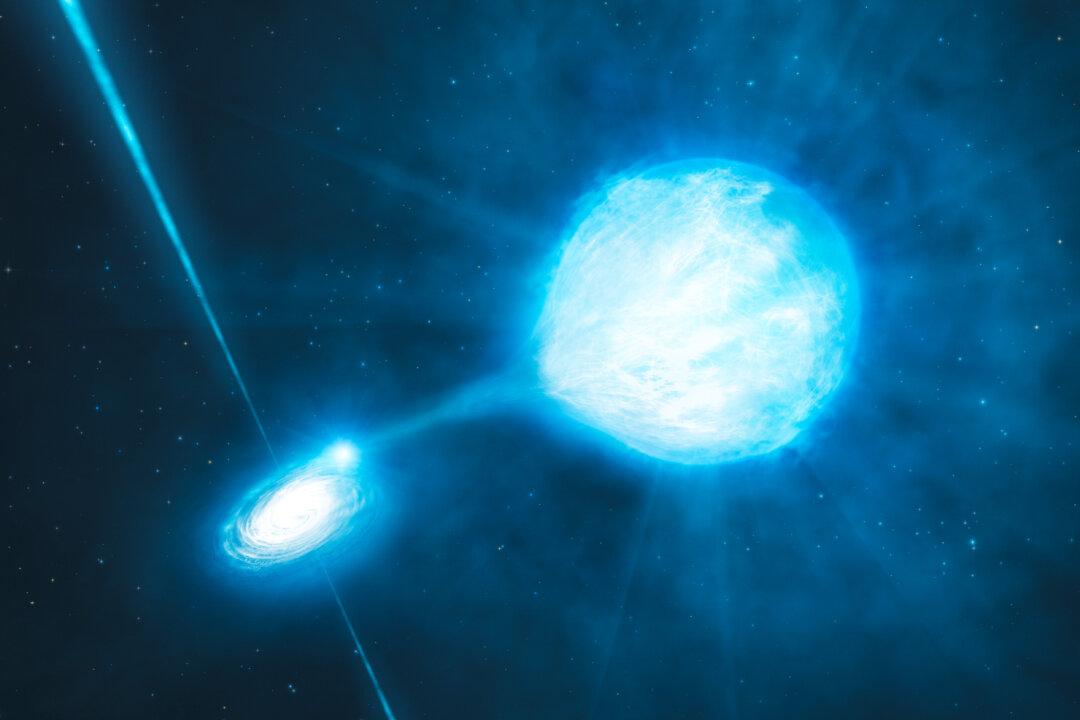New data from a distant galaxy suggests a puzzling stellar phenomenon may not be what astronomers have long believed.
Researchers looked at a binary star system called NGC 300 X-1, nestled within a far-flung galaxy in the constellation Sculptor. Beginning in 2007, scientists reported that this system of two stars appeared to be a rare pairing of a massive black hole and a large, unstable star—but struggled to explain how these two mighty bodies with violent histories could remain so intimately joined.

The spiral galaxy NGC 300, home to the unusual binary system, is more than 6 million light years away. NASA/JPL-Caltech/OCIW

